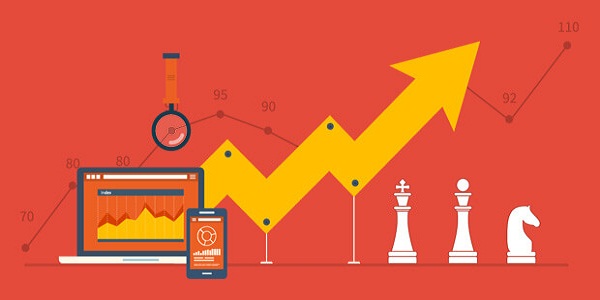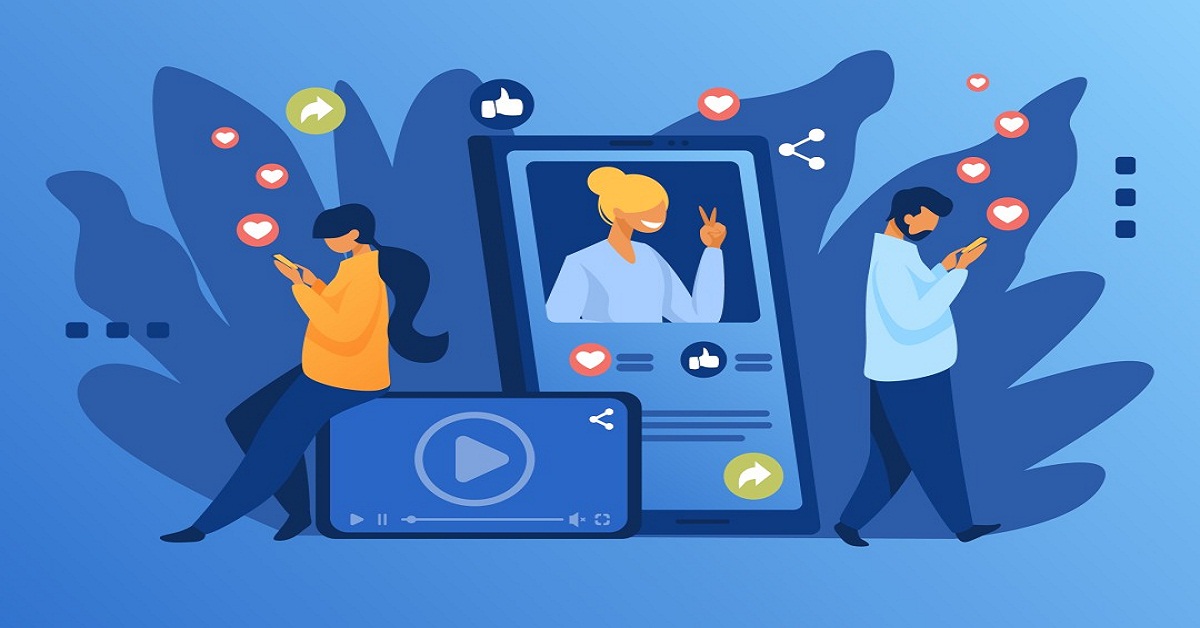In the fiercely competitive digital sphere, boosting sales demands strategic marketing optimization. Elevate your results with these five digital marketing optimization hacks. Optimize your content for search engines, leverage social media engagement, personalize customer experiences, implement data-driven insights, and fine-tune your conversion funnel. These tactics will propel your sales to new heights in the dynamic digital landscape.
Table of contents
What are digital marketing optimization Hacks
Digital marketing optimization hacks involve refining strategies for better performance. Use A/B testing to compare variations, tweak headlines, visuals, and call-to-action buttons for improved engagement. Leverage data analytics to understand audience behavior, refine targeting, and optimize ad spend. Focus on SEO by optimizing keywords, meta descriptions, and content. Regularly analyze and adapt strategies to align with evolving trends and audience preferences for maximum impact.

Leverage Data-Driven Insights
First and foremost, data is your best friend. Utilize analytical tools such as Google Analytics to track customer behavior, preferences, and engagement patterns. By examining this data, you can tailor your marketing strategies to precisely meet your audience’s needs.
| Step | Explanation |
| 1. Utilize Analytical Tools | Start by using tools like Google Analytics to collect and analyze data on customer behavior, preferences, and engagement. |
| 2. Track Customer Behavior | Monitor how customers interact with your website, products, or services to understand their actions and interests. |
| 3. Analyze Preferences | Study customer preferences by examining the most viewed products/services, popular content, or frequently visited pages. |
| 4. Understand Engagement Patterns | Identify patterns in customer engagement, such as peak visiting times, click-through rates, or conversion trends. |
| 5. Tailor Marketing Strategies | Utilize insights gained from data analysis to customize marketing approaches, creating targeted campaigns for specific needs. |

Embrace Personalization
Speaking directly to your audience is key. Incorporate personalization in your marketing campaigns by addressing individuals by their names in emails or tailoring product recommendations based on their past interactions. This approach fosters a deeper connection and boosts conversion rates.

Optimize for Mobile
In today’s mobile-centric world, ensuring your website is mobile-responsive is non-negotiable. Google prioritizes mobile-friendly sites in search rankings, making optimization for mobile devices critical for visibility and user experience.
- Responsive Design: Create a flexible layout that adjusts smoothly to any screen size, ensuring elements shift and resize seamlessly for optimal viewing on mobile devices without compromising functionality.
- Fast Loading Times: Optimize your website’s performance by reducing image sizes, minimizing code, and leveraging caching to deliver a snappy experience, crucial for retaining mobile users.
- Mobile-Friendly Navigation: Simplify menus and navigation to accommodate touch gestures, using intuitive icons and a concise structure for effortless browsing on smaller screens.
- Readable Content: Ensure text is easily legible without zooming, utilizing clear fonts and appropriate sizes, and breaking content into digestible sections for easy consumption on mobile devices.
- Optimized Images and Media: Compress images effectively and use compatible formats to maintain quality while reducing load times, providing a smoother browsing experience on mobile.

Harness the Power of Social Media
Social media platforms are not just for connecting; they’re a goldmine for marketing. Engage with your audience on platforms like Instagram, Facebook, and Twitter. Share valuable content, run targeted ads, and actively interact with users to build a loyal following.
- Understand Your Audience: Start by identifying your target audience. What platforms do they use the most? What kind of content do they engage with? Understanding your audience’s demographics, interests, and behaviors will help tailor your content effectively.
- Create Compelling Content: Develop high-quality, relevant content that resonates with your audience. This can include informative articles, engaging videos, eye-catching images, or interactive polls and quizzes. Ensure your content adds value to your audience’s lives or solves their problems.
- Consistent Branding: Maintain a consistent brand image across all platforms. Use a recognizable profile picture, consistent colors, logos, and a unified tone of voice in your posts. Consistency helps in building brand recognition.
- Engage and Interact: Social media is about building relationships. Respond to comments, messages, and mentions promptly. Engage with your audience by asking questions, conducting polls, and encouraging discussions. The more genuine and interactive you are, the more connected your audience will feel.
- Use Hashtags: Hashtags are vital for increasing your content’s visibility. Research and use relevant hashtags to expand your reach and attract users interested in your niche.
- Run Targeted Ads: Platforms like Facebook, Instagram, and Twitter offer robust ad targeting options. Use these to reach specific demographics, interests, or behaviors relevant to your product or service. Experiment with different ad formats to see what works best for your audience.

Implement A/B Testing
A/B testing is a method used to compare two versions of a marketing asset, like emails, landing pages, or ads, to identify which performs better. It involves creating two variants, A and B, where one element is altered in one version while keeping the other unchanged. By exposing these versions to similar audiences randomly, marketers can gather data on user responses, such as click-through rates or conversion rates.
The beauty of A/B testing lies in its ability to provide concrete insights. It helps in understanding what resonates with the audience, allowing marketers to make informed decisions based on empirical evidence rather than assumptions. This iterative process empowers continuous improvement by adopting the more successful variant as the new standard and further refining it. It’s an ongoing cycle of testing, analyzing results, implementing changes, and retesting.
Ultimately, A/B testing ensures a data-driven approach to optimize marketing strategies for maximum impact. It not only enhances engagement and conversion rates but also fosters innovation and agility by fostering a culture of experimentation and learning within marketing teams.

Conclusion
Implementing these digital marketing optimization hacks can significantly elevate your sales game. Remember, consistent monitoring, adaptation, and innovation are vital for staying ahead in the digital marketing realm.
Start applying these hacks today, and witness the transformation in your sales figures!
Read More Digital Marketing Optimization Hacks to Skyrocket Your Sales
FAQS
A/B testing involves comparing two variations of a marketing element, like headlines or visuals, to determine which performs better in engaging or converting the audience
Data-driven insights provide a clear understanding of audience behavior, preferences, and trends, enabling tailored and targeted marketing strategies for higher effectiveness
Social media engagement fosters brand loyalty and amplifies visibility by connecting with the audience, sharing valuable content, and running targeted ads on platforms where your audience is active
Mobile optimization ensures a seamless user experience, higher search engine rankings, and increased accessibility, aligning with the prevalent mobile-centric behavior of users today.




